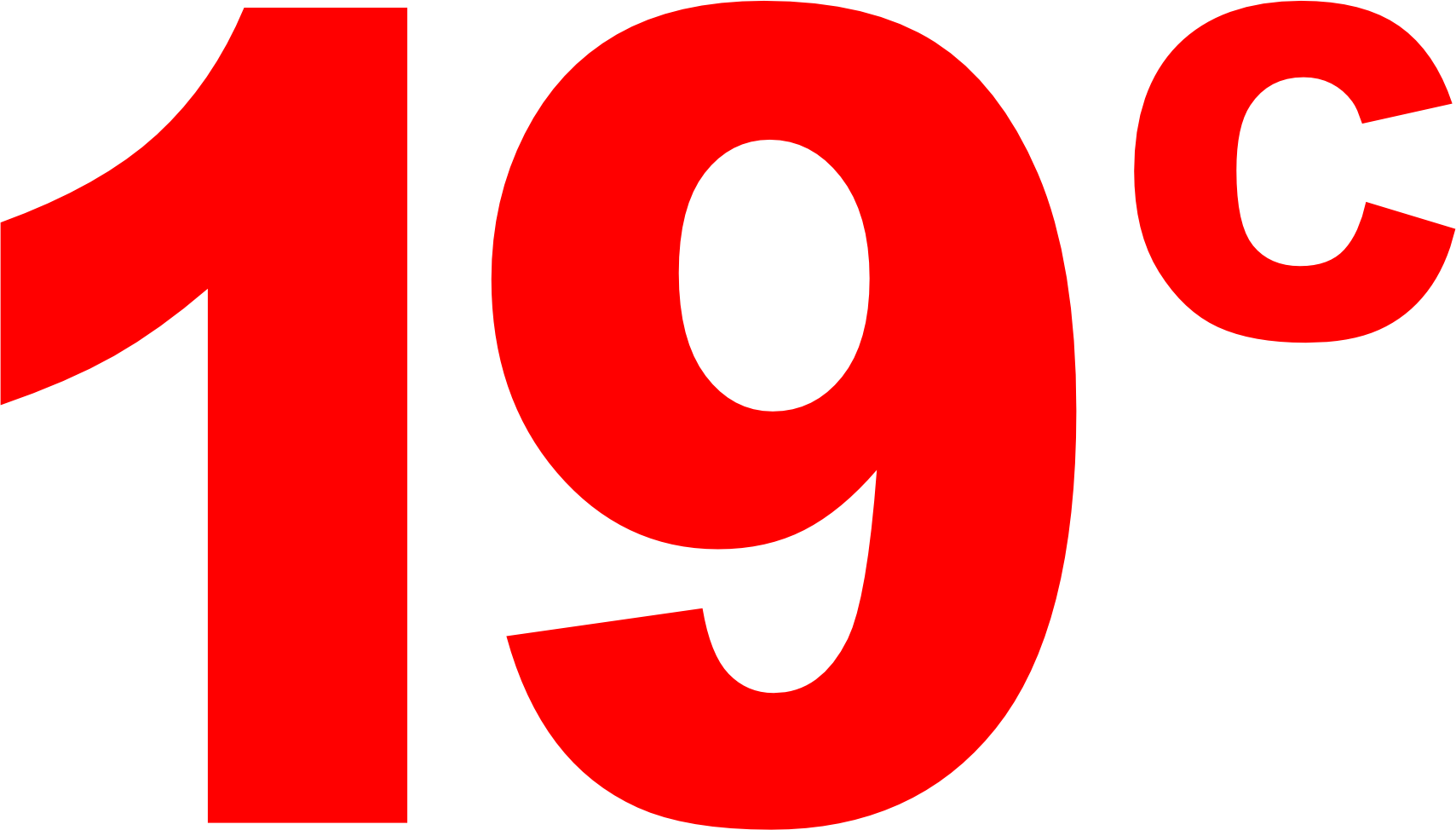This Oracle SQL Course offers you an introduction to the Oracle Database Technology. In this class, you learn the basic concepts of relational databases and the powerful SQL programming language. This Couse Provides the essential SQL Skills that enable you to write queries against single and multiple tables, manipulate data in tables, create database objects and query metadata, etc..
Our SQL tutorial will teach you how to use SQL in: MySQL, SQL Server, MS Access, Oracle, Sybase, Informix, Postgres, and other database systems.
Top SQL Course in Hyderabad
RELATED JOB FUNCTIONS
- Data analyst
- Database administrator
- Database developer
- Database designer
- Power BI
- Business Intelligence
INTRODUCTION TO SQL
- Introduction to SQL
- History
- Overview of Relational Database Management Concepts and Terminilogies
- Introduction to SQL Development Environments
- Use of Client Tools
- SQL*PLUS
- SQL Developer
- HR Resource Schema and Tables Used in this course
- Oracle Database Installation
SQL STATEMENTS
- Data Manipulation Language(DML)
- Data Definition Language(DDL)
- Data Control Language(DCL)
- Transaction Control
DATA DEFINITION LANGUAGE
- Creating Tables
- Describe Command
- Installing Sample Schemas
- Data Types
- Using Alter Table commands
- Use of Truncate command
- Use of Drop command
DATA MANIPULATION LANGUAGE
- Retrieving rows using select statement
- Inserting records using insert statement
- Updating records using update Statement
- Deleting records using delete statement
- Examples
RETRIEVING DATA USING SQL STATEMENTS
- Writing SQL Select Statements
- Arithmetic Expressions and Null Values in the Select statement
- Common Alias
- Describe Command
- Use of Concatenation Operator,Liter Character Strings,Distinct Keyword
- Examples
RETREIVING AND SORTING DATA
- Limiting Rows with Where Clause,Operators,Null Conditions
- The Where Clause
- The Comparison Operators =,<=,Between,IN,LIKE and NULL Operators
- Logical Conditions using AND, OR and NOT Operators
- SQL Row Limiting clause in a query
- Sorting rows using ORDER BY Clause
USING SET OPERATORS
- Describe the Set Operators
- Use a Set Operator to Combine Multiple
- Queries into a Single Query
- The UNION ALL Operator
- The UNION Operator
- The MINUS Operator
- Examples
SQL FUNCTIONS
- Types of Functions
- Single Row Functions and Multiple-row Functions
- General Functions & Conversion Functions
- Use of Date Functions
- Use of Numeric Functions
- USe of Character Functions
- Use of TO_CHAR, TO_DATE, TO_NUMBER
- Use of NVAL, COALESCE, CASE, DECODE
- What are Group Functions and Types
- Use Avg,Min,Max,Count,Sum Functions
- Use Distinct Keyword
- Null Values
- Using Group by Clause functions
- Using the Having Clause
- Examples
JOINS DISPLAYING DATA FROM MULTIPLE TABLES
Write SELECT Statements to Acess Data from More Than One Table Using Equijoins and Nonequijoins
- Types of Joins
- The NATURAL JOIN Clause
- The NATURAL JOIN ON Clause
- The INNER JOIN
- The OUTER JOIN
- The LEFT OUTER JOIN
- The RIGHT OUTER JOIN
- The FULL OUTER JOIN
- Examples
SUB QUERIES
Define Subqueries.
- Types of SubQueries
- Single and Multiple-Row SubQueries
- Correlated SubQueries
- Examples
TOOLS & SOFTWARE
- Oracle express Edition Database software
- Oracle 19c Database Software
- SQLPlus Tool
- SQL Developer



